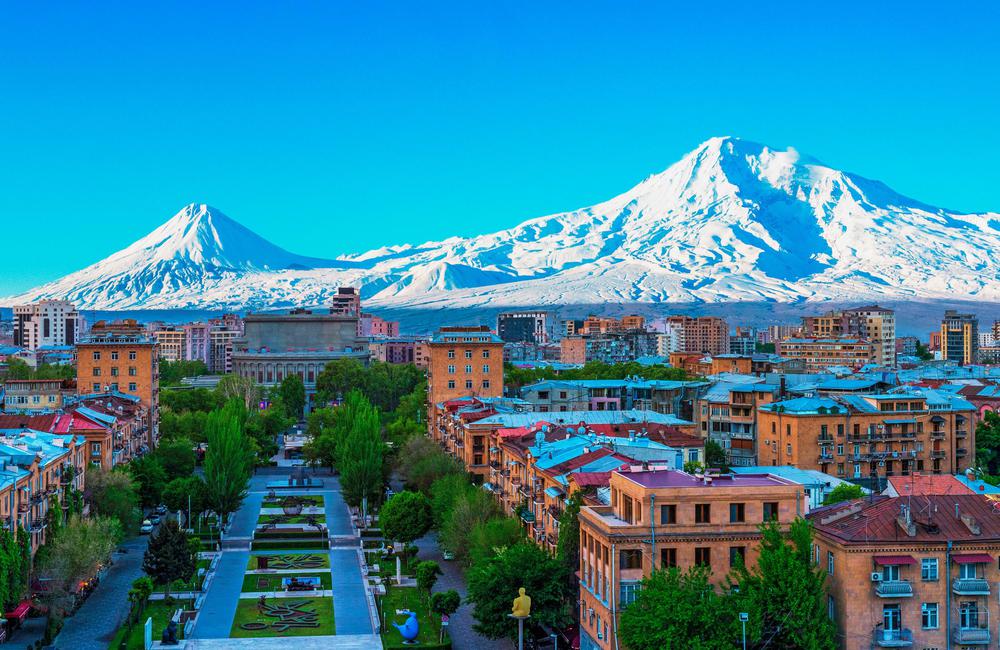The Erebuni Museum, established in 1968, commemorates the 2750th anniversary of Yerevan, the capital of Armenia. Located at the foot of the Arin Berd hill, the museum offers a unique opportunity to explore the ancient Urartian Fortress of Erebouni, built in 782 BCE by Argishti I, King of Urartu. The fortress has been excavated, restored, and transformed into an open-air museum, allowing visitors to experience the citadel's rich history.
Constructed primarily from raw bricks, the fortress was once surrounded by formidable walls and featured the temple of the god Khaldi at its heart. Numerous frescoes adorned the temple's walls, and giant karasses (wine storage pitches) were buried in the ground. Excavations have uncovered ceramics, potter's wheels, and other artifacts revealing the daily life and habits of Erebouni's inhabitants.
Today, the Erebuni Museum houses over 12,000 exhibits, including sups, jars, bronze bracelets, glass, and agate beads. Designed by architects Baghdasar Arzoumanian and Shmavon Azatian and sculptor A. Harutiunian, the museum building reflects the history of the ancient Urartu state through its sculptural design. Erebuni Museum also has two branches in Shengavit and Karmir Blur, with additional collections of artifacts.
Apart from its permanent exhibition, the Erebuni Historical-Archaeological Reserve-Museum regularly hosts temporary exhibitions to showcase the museum's collection and share the latest archaeological findings from Erebuni, Karmir Blur, and Shengavit.
Under the direction of Miqayel Badalyan since 2018, the Erebuni Museum offers a fascinating journey into the ancient history of Yerevan, providing insight into the daily life at the palace of Argishti I and the vibrant culture of the Urartu civilization.













